What is the tolerance range of precision screws?
What is the tolerance range of precision screws?
Service Hotline
+86760-8787 8587We have more than ten years of production experience in the screw industry, the main products are: countersunk head slotted screws, American bolts, D10 pins, hex combination set flat spring washer nut screws, anti-theft screws with cylindrical core, flat head rivet nuts, cross head Copper bolts, Japanese standard 304 stainless steel screws, household box nuts and bolts, blind blind rivets, carbon steel square washers, flat head chamfered bolts, countersunk head flat head plum bolts, pillar heightened columns, nylon lock nuts and other fasteners, due to The materials and specifications of the products are different, and the prices are also different. Please contact us if you need it.


Rivet riveting has the advantages of simple process equipment, shock resistance, impact resistance, uniform force transmission, firmness and reliability, etc. The key parts of mining equipment such as skips, cages, dumpers, and mine trucks are all connected by rivet riveting. The quality of rivet riveting directly affects the product quality, working performance and service life of mining equipment. The number of rivets used in mining equipment is huge. Each mining equipment requires one hundred or hundreds of rivets, and they are used in mining equipment. The specifications of the rivets in the equipment are large, and the riveting process of hot riveting is mostly used. The riveting tools required are riveting machines and rivet molds.
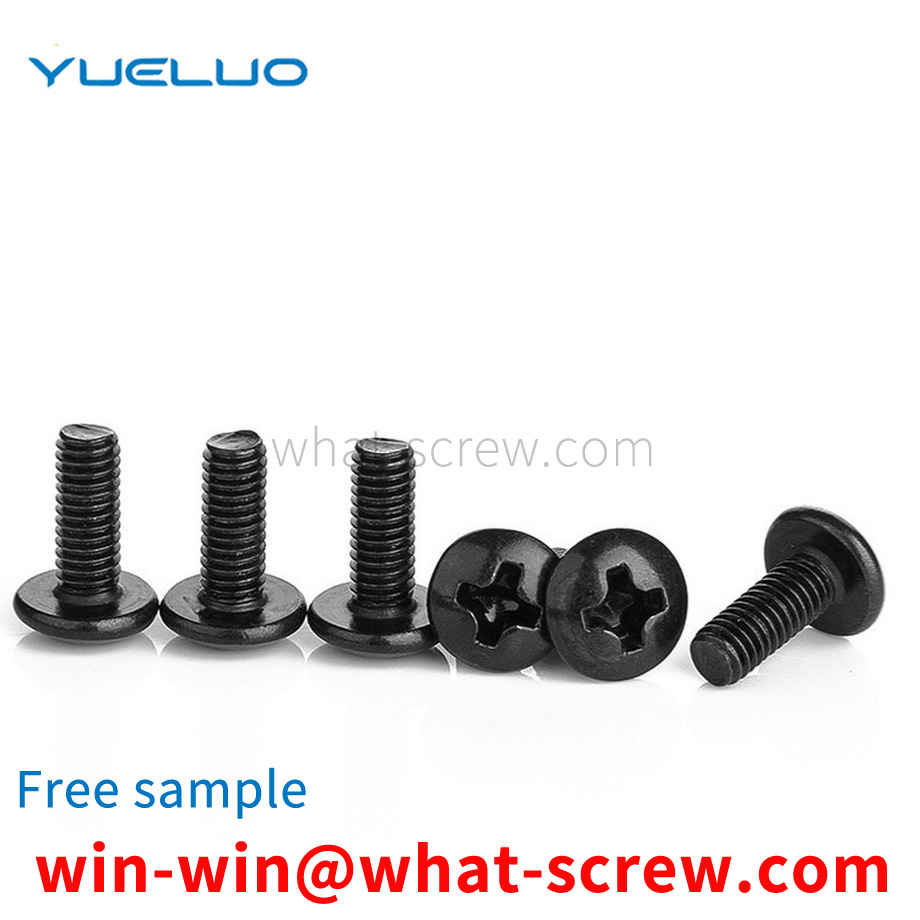
Metric threads are measured in MM (millimeters) and have a cusp angle of 60 degrees. Both US and Imperial threads are measured in inches. The cusp angle of the American thread is also 60 degrees, while the cusp angle of the imperial thread is 55 degrees. Due to the different units of measurement, the representation methods of various threads are also different. For example, M16-2X60 represents a metric thread. His specific meaning is that the nominal diameter of the screw is 16MM, the pitch is 2MM, and the length is 60MM. Another example: 1/4—20X3/4 means the inch thread, what he specifically means is the nominal diameter of the screw It is 1/4 inch (one inch = 25.4MM), there are 20 teeth on one inch, and the length is 3/4 inch. In addition, if you want to express American screws, UNC and UNF are usually added to the back of the British screws to distinguish between American coarse teeth or American fine teeth. In the usual domestic sales business, the most common standards we encounter are GB (National Standard) and DIN (German Standard). In the production of Yaoda, the following standards are mainly encountered: GB30; GB5783; GB5782; GB52; GB6170; GB818; GB819; GB845; GB846; GB70; DIN912; DIN933; It has been replaced by GB5783 (new national standard). GB52 (old national standard) has been replaced by GB6170 (new national standard) in the standard book.
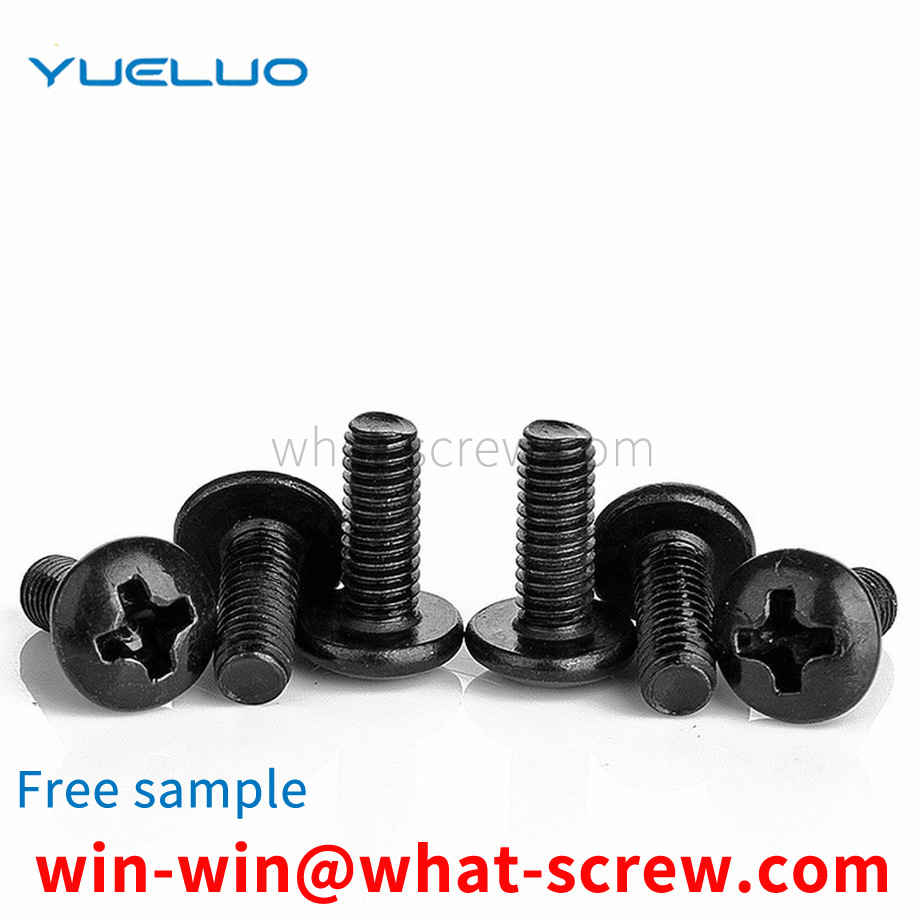
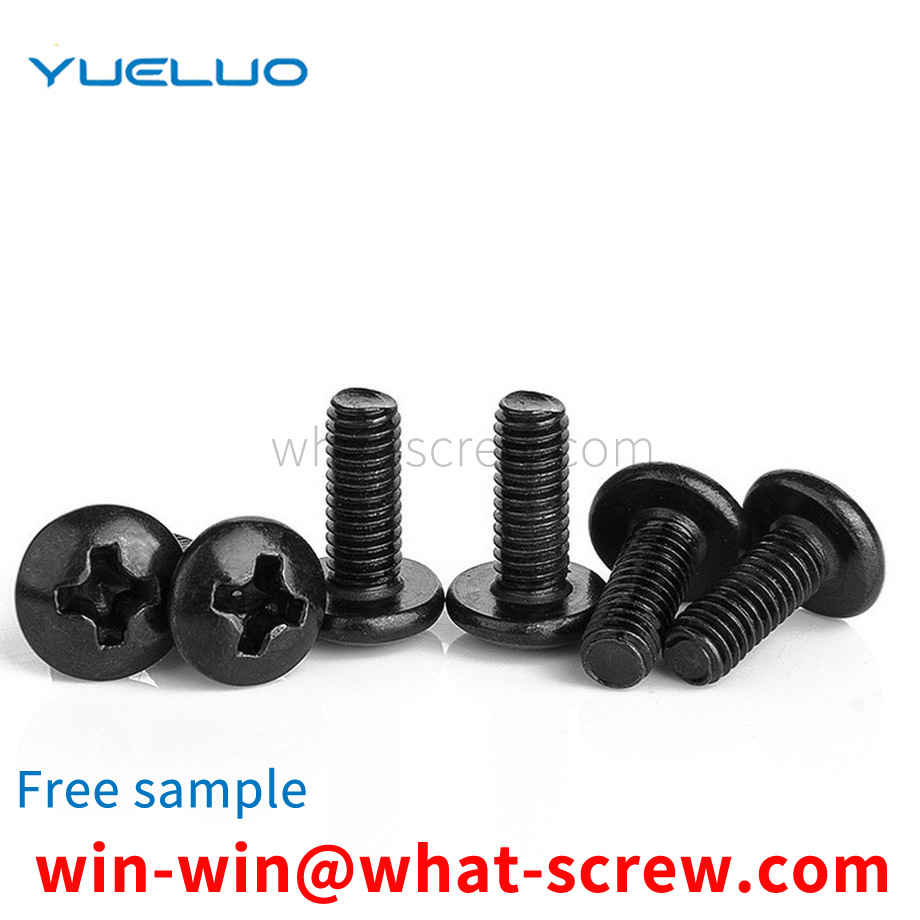
The common riveting techniques of non-blind rivets are divided into cold riveting and hot riveting. Cold riveting is a riveting method that uses a rivet rod to partially pressurize the rivet, and continuously swings around the center or the rivet is forced to expand until the rivet is formed. The common cold riveting methods are the pendulum riveting method and the radial riveting method. The pendulum rolling riveting method is easy to understand, and the rivet head only swings and rolls in the circumferential direction.
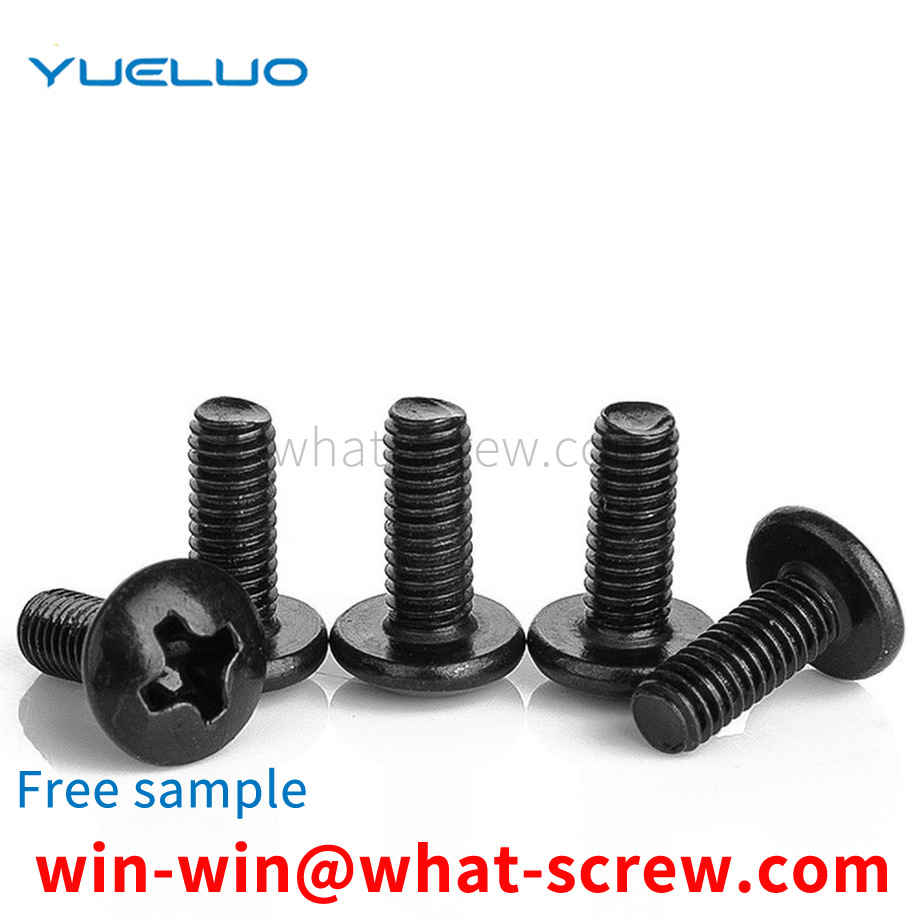
The drawing process has two purposes, one is to modify the size of the raw materials; the other is to obtain basic mechanical properties of the fasteners through deformation and strengthening. For medium carbon steel, medium carbon alloy steel also has another purpose, that is, to make the wire rod. The flaky cementite obtained after controlled cooling is cracked as much as possible during the drawing process to prepare for the subsequent spheroidization (softening) annealing to obtain granular cementite. However, some manufacturers arbitrarily reduce the drawing in order to reduce costs. The excessive reduction rate increases the work hardening tendency of the wire rod, which directly affects the cold heading performance of the wire rod. If the distribution of the reduction ratio of each pass is not appropriate, it will also cause torsional cracks in the wire rod during the drawing process. In addition, if the lubrication is not good during the drawing process, it can also cause regular transverse cracks in the cold drawn wire rod. The tangential direction of the wire rod and the wire drawing die is not concentric at the same time when the wire rod is rolled out of the die, which will cause the wear of the unilateral hole pattern of the wire drawing die to aggravate, make the inner hole out of round, and cause uneven drawing deformation in the circumferential direction of the wire. The roundness of the steel wire is out of tolerance, and the cross-sectional stress of the steel wire is not uniform during the cold heading process, which affects the cold heading pass rate. During the drawing process of the wire rod, the excessive surface reduction ratio will deteriorate the surface quality of the steel wire, while the too low surface reduction ratio is not conducive to the crushing of the flaky cementite, and it is difficult to obtain as much granular cementite as possible. , that is, the spheroidization rate of cementite is low, which is extremely unfavorable to the cold heading performance of the steel wire. For the bar and wire rod produced by the drawing method, the partial surface reduction rate is directly controlled within the range of 10%-15%.
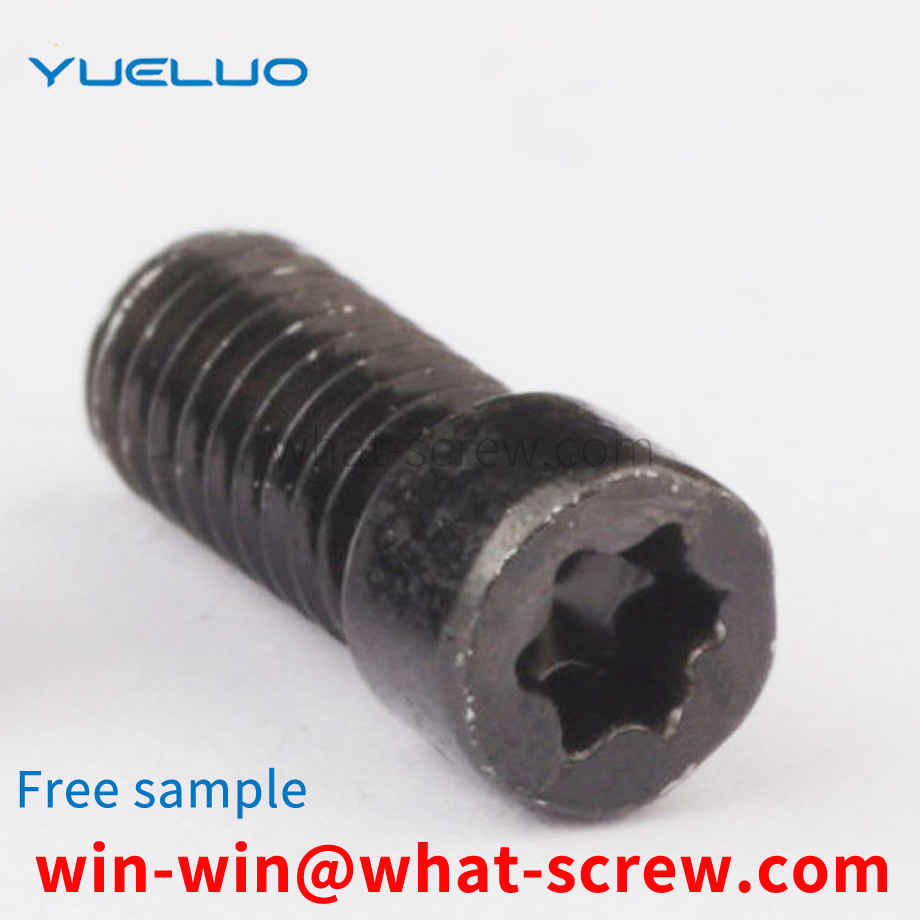
The above content is uploaded by Yueluo or the Internet. If there is any copyright issue, please contact [email protected].

What is the tolerance range of precision screws?

How to choose the right stainless steel screw manufacturer?

Why is there an R angle under the head of the hexagon head s...

We have more than ten years of production experience in the ...

We have more than ten years of experience in the production ...

We have more than ten years of experience in the production ...

We have more than ten years of experience in screw industry ...